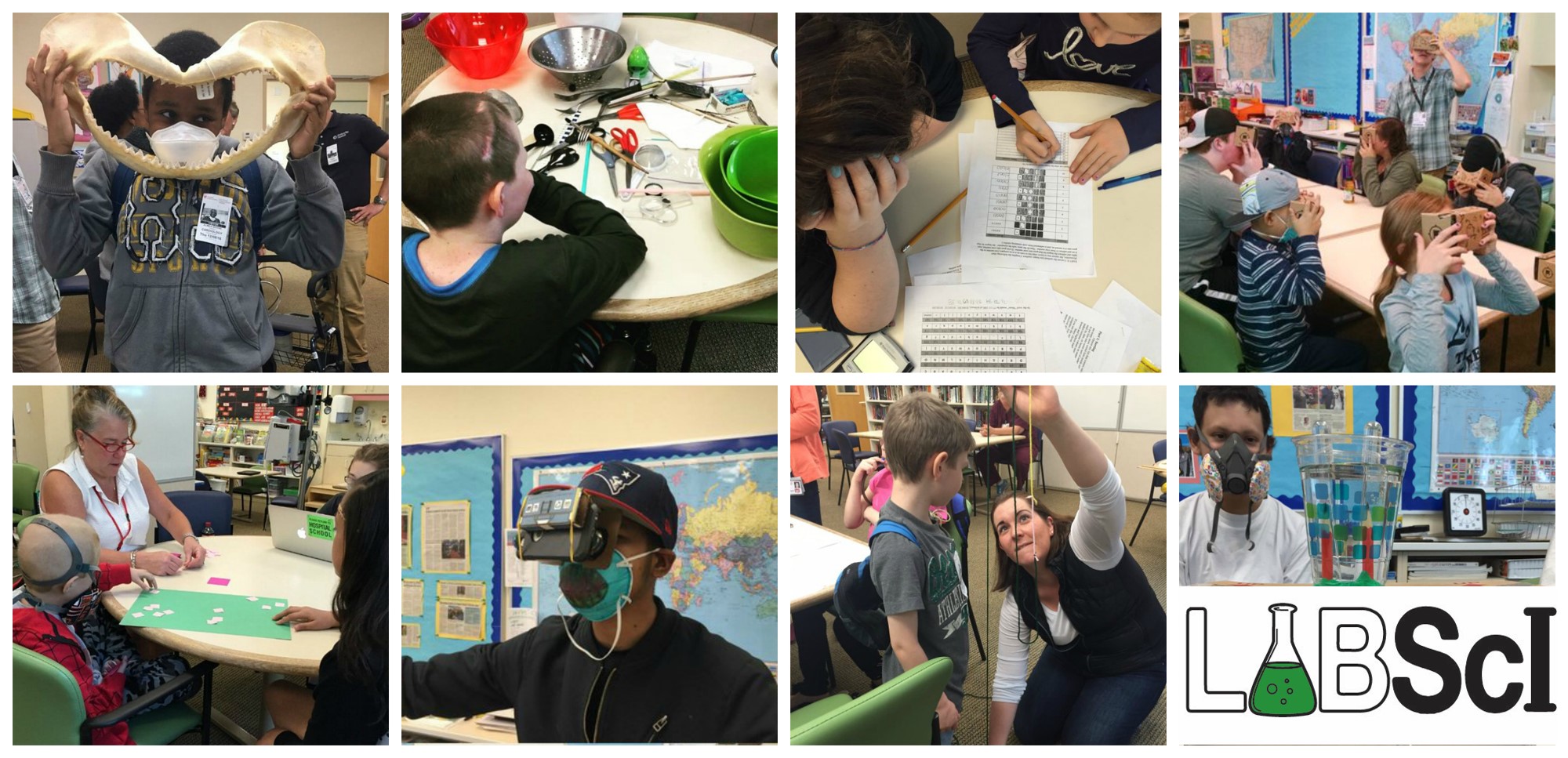In this lesson, we will find out more about how organisms are classified into various groups by learning how to use a dichotomous key to identify specific species in a collection of different organisms.
Download the labs!
Student Version
Teacher Version
Appendices
Recommended Prerequisites:
- none!
Key Concepts:
- Biodiversity is the variety (-diversity) of living organisms (bio-) in the world
- A dichotomous key is a flow chart with branches based on either/or decisions that can be used to arrive at distinct results at the ends
- “Dichotomous” refers to the branching nature of the key, with each branch point splitting off into only 2 branches each time.
- When used in the classification of organisms, either/or decisions are usually based on distinguishing physical features of the organisms being studied.
- The different levels of the Linnaean classification system are (in order of decreasing size): Domain/Kingdom/Phylum/Class/Order/Family/Genus/Species
Domains are the highest level. Within domains are kingdoms, and within kingdoms are phyla, etc. Each unit/group at any level is called a taxon (e.g. Homo is a taxon at the genus level). - A two-part naming system for organisms in Latin is known as binomial nomenclature. The first part of the name is the genus, and the second the species. An organism’s name is usually italicized, with only the first letter of the genus capitalized – for example, the binomial nomenclature for humans is Homo sapiens.
Materials:
- 1 x student worksheet
- 1 x set of photographs (20 cut-outs from appendix A)
- 1 x cartoon animals set A (cut-outs A1 to A8 from appendix B)
- 1 x set A dichotomous key (appendix C)
- 1 x cartoon aliens set B (cut-outs B1 to B8 from appendix D)
- 1 x plain drawing paper
